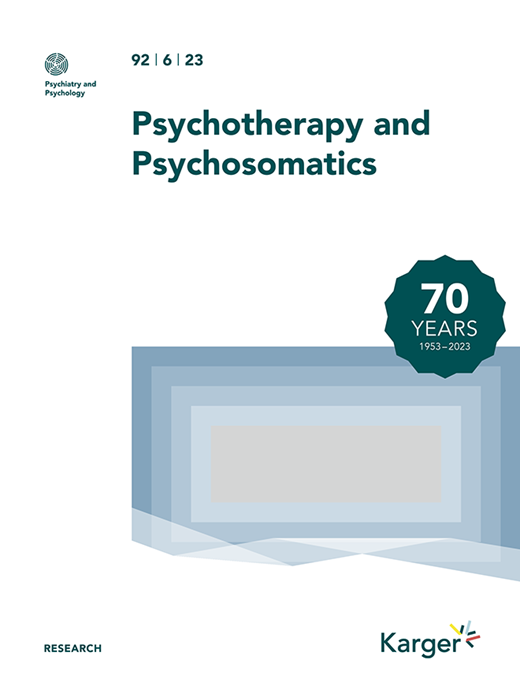Mapping Disease Burden of Major Depressive Disorder and Its Risk Factors in Low- and Middle-Income Countries.
IF 17.4
1区 医学
Q1 PSYCHIATRY
引用次数: 0
Abstract
BACKGROUND This study aims to examine the disease burden, risk factors, and temporal trends of Major Depressive Disorder (MDD) in low- and middle-income countries (LMIC) from 1990 to 2021. METHODS Disability-Adjusted Life Years (DALYs) data for 135 LMIC were obtained from the 2021 Global Burden of Disease (GBD) database. To assess trends in the burden of MDD, segmented regression analysis was applied to calculate the Estimated Annual Percentage Change (EAPC). Spearman correlation analysis was conducted to examine the association between Gross National Income (GNI) and gender disparities in age-standardized DALY rates (ASDR) for MDD. We also explored how key risk factors contributed to observed disparities. RESULTS In 2021, LMICs accounted for 80.19% of the global burden of MDD. Age and gender disparities were significant, with DALY rates increasing markedly from adolescence and peaking around age 75. Gender disparities showed a higher burden among females, particularly in countries with higher GNI per capita. Analysis of risk factors revealed that intimate partner violence, bullying victimization, and childhood sexual assault were major contributors to the MDD burden, with notable variations across income levels and age groups. Temporal trends showed a marked increase in MDD burden across all income groups after 2019. CONCLUSION MDD continues to impose a significant health burden in LMIC, disproportionately affecting females, youth, and elderly populations. The significant increase in MDD burden across all income groups after 2019 likely reflects the intensifying effects of global disruptions, with the COVID-19 pandemic being a key contributing factor. Populations with the highest burden also showed greater exposure to key risk factors.低收入和中等收入国家重度抑郁症疾病负担及其危险因素制图
本研究旨在研究1990年至2021年中低收入国家(LMIC)重度抑郁症(MDD)的疾病负担、危险因素和时间趋势。方法从2021年全球疾病负担(GBD)数据库中获取135名低收入人群的残疾调整生命年(DALYs)数据。为了评估MDD负担的趋势,采用分段回归分析计算估计年百分比变化(EAPC)。进行Spearman相关分析以检验国民总收入(GNI)与MDD年龄标准化DALY率(ASDR)的性别差异之间的关系。我们还探讨了关键风险因素是如何导致观察到的差异的。结果2021年,中低收入国家占全球MDD负担的80.19%。年龄和性别差异显著,DALY率从青春期开始显著增加,在75岁左右达到峰值。性别差异表明女性负担更重,特别是在人均国民总收入较高的国家。风险因素分析显示,亲密伴侣暴力、欺凌受害者和儿童期性侵犯是造成重度抑郁症负担的主要因素,在不同收入水平和年龄组之间存在显著差异。时间趋势显示,2019年之后,所有收入群体的MDD负担显著增加。结论mdd继续在低收入和中等收入国家造成严重的健康负担,对女性、青年和老年人的影响尤为严重。2019年之后,所有收入群体的MDD负担显著增加,可能反映了全球中断的影响加剧,而2019冠状病毒病大流行是一个关键因素。负担最重的人群暴露于关键风险因素的程度也更高。
本文章由计算机程序翻译,如有差异,请以英文原文为准。
求助全文
约1分钟内获得全文
求助全文
来源期刊

Psychotherapy and Psychosomatics
医学-精神病学
CiteScore
29.40
自引率
6.10%
发文量
46
期刊介绍:
Psychotherapy and Psychosomatics is a reputable journal that has been published since 1953. Over the years, it has gained recognition for its independence, originality, and methodological rigor. The journal has been at the forefront of research in psychosomatic medicine, psychotherapy research, and psychopharmacology, and has contributed to the development of new lines of research in these areas. It is now ranked among the world's most cited journals in the field.
As the official journal of the International College of Psychosomatic Medicine and the World Federation for Psychotherapy, Psychotherapy and Psychosomatics serves as a platform for discussing current and controversial issues and showcasing innovations in assessment and treatment. It offers a unique forum for cutting-edge thinking at the intersection of medical and behavioral sciences, catering to both practicing clinicians and researchers.
The journal is indexed in various databases and platforms such as PubMed, MEDLINE, Web of Science, Science Citation Index, Social Sciences Citation Index, Science Citation Index Expanded, BIOSIS Previews, Google Scholar, Academic Search, and Health Research Premium Collection, among others.
 求助内容:
求助内容: 应助结果提醒方式:
应助结果提醒方式:


